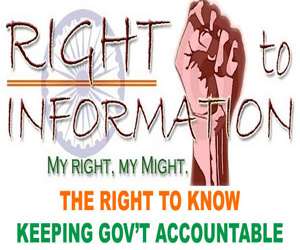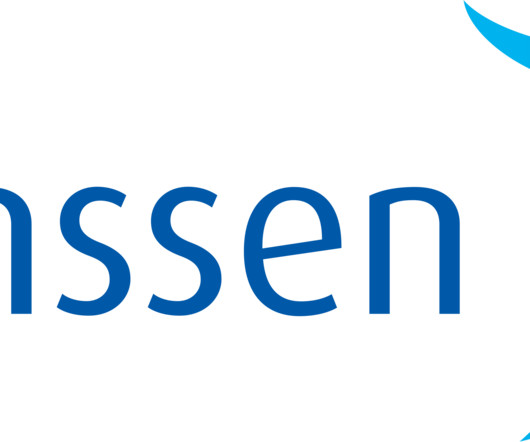Parliamentary Standing Committee Report on IPR: Tipping the Scales of Patent Law? Part I
SpicyIP
AUGUST 1, 2021
The Report focuses on reviewing the working of the Patents Act since its 2005 amendment that brought the Indian legislation in compliance with the TRIPS Agreement. Section 3 of the Patents Act creates a list of restrictions on what inventions are not patentable. Diluting Section 3: Doors Open to All? .












Let's personalize your content